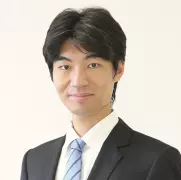– Europe/Lisbon
Room P3.10, Mathematics Building — Online

Random partitions, cylindrical Toda equations, asymptotics and applications
The connection between random partitions and integrable systems is a fascinating subject, going back to (at least) the famous Baik-Deift-Johansson theorem on the longest increasing subsequence of a random permutation, and the introduction of Schur measures by Okounkov. After reviewing some of the classical results, I will focus on multiplicative averages associated to random partitions obeying the Poissonized Plancherel measure. I will prove that these quantities satisfies a well known set of integrable equations (cylindrical Toda) and describe the asymptotics of the relevant solutions. Time permitting, I will also discuss some applications to cylindrical partitions and random growth models. The results I will present are issued from a collaboration with Giulio Ruzza and a ongoing collaboration with Matteo Mucciconi and Giulio Ruzza.

